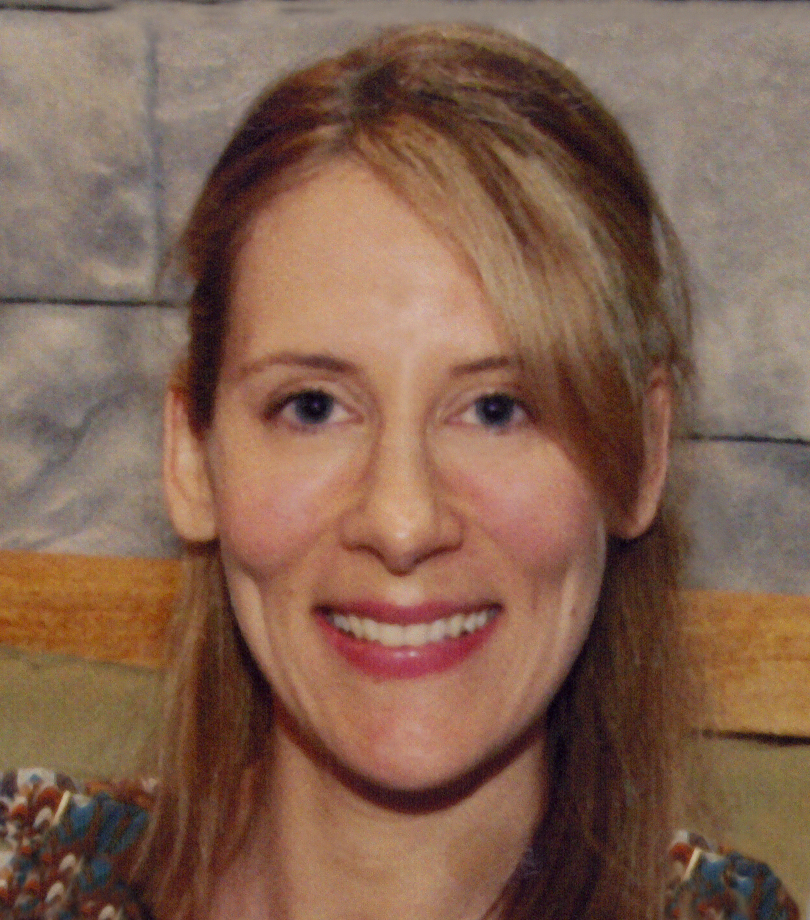Managing overwhelm in the nonprofit workplace [#NPMC chat]
Have you ever felt like your workload is a never-ending list of priorities with no end in sight?
Have trouble focusing because you’re pulled in too many directions?
If your workload keeps de-railing your progress, or if starting on something new just seems impossible, it can begin to feel like things will always be this way. Should you just make the best of a stressful situation and deal with it?
What happens and why…
I recently saw a job description for a Communications Director at a nonprofit. In addition to the expected duties of the position, it also required the candidate to “write and edit a large amount of content under quick deadlines” and “design professional pieces that include compelling imagery and infographics.”
What was supposed to be a job description for one position was actually for three positions: communications director, copywriter and graphic designer.
No wonder nonprofit communicators are dealing with overwhelm! This is a clear recipe for inefficiency, lowered productivity and more stress.
Every day, my clients are wearing many hats (like the job description above). I also see them needing to do more with less. Fortunately, with a little dedication and some simple systems, it is possible to end the cycle of overwhelm and work more efficiently with less stress.
Embrace change with a plan
There are always going to be things happening at your organization that you cannot control. And they will sometimes affect the projects you are working on. But if you have an organized system in place for the work you are responsible for, the unexpected changes will have less power to dramatically affect your workflow.
What can you do?
Some practical tips for nonprofits marketers to have an organized workflow include:
- Schedule your day.
- Prioritize your tasks.
- Pad the time in your schedule so when the unexpected comes up you can easily bounce back.
- Communicate clearly with co-workers. If emails require more than a few sentences, pick up the phone or walk down the hall and have a conversation.
- Run and set expectations (and schedules) for productive meetings.
- Break large projects down into small manageable tasks.
- Minimize distractions with a timer. Focus on one task for 50 minutes—then check email and social media with the timer set to 15 minutes. If that’s too long, try the Pomodoro Technique, which is 25 minutes of focused work with a 5 minute break.
- Take breaks. When you hit a wall, don’t press on. Take a walk, get some coffee, talk to a co-worker. You’ll see that as you relax and stop stressing about the project, the ideas and inspiration with start to flow.
Helpful tools
A number of tools have significantly increased efficiency and reduced stress for my nonprofit clients, including:
- Focus at Will – Subscription service that provides playlists of music scientifically optimized to boost concentration and focus.
- Trello – Free visual planning tool with great flexibility.
- Google Docs – Free web application where documents and spreadsheets can be created, edited, stored online and accessed from any computer or mobile device.
- Buffer – Simple social media scheduling tool. They offer a 50% discount to nonprofits! To get the discount, send an email to hello@buffer.com with a 501c3 (or your country’s equivalent) to verify your non-profit status.
Let’s talk about working more efficiently (with less stress!) at #NPMC chat
What keeps your motivation and creativity levels high in the workplace? What are your best productivity tools and/or resources? Join the conversation! Share your input during the next #NPMC Twitter chat on Thursday, March 31 at 1:00pm ET. Follow the #NPMC hashtag on Twitter.

![Managing overwhelm in the nonprofit workplace [#NPMC Chat]](https://nonprofitmarcommunity.com/wp-content/uploads/2016/03/Directions.jpg)

 PRINT
PRINT
